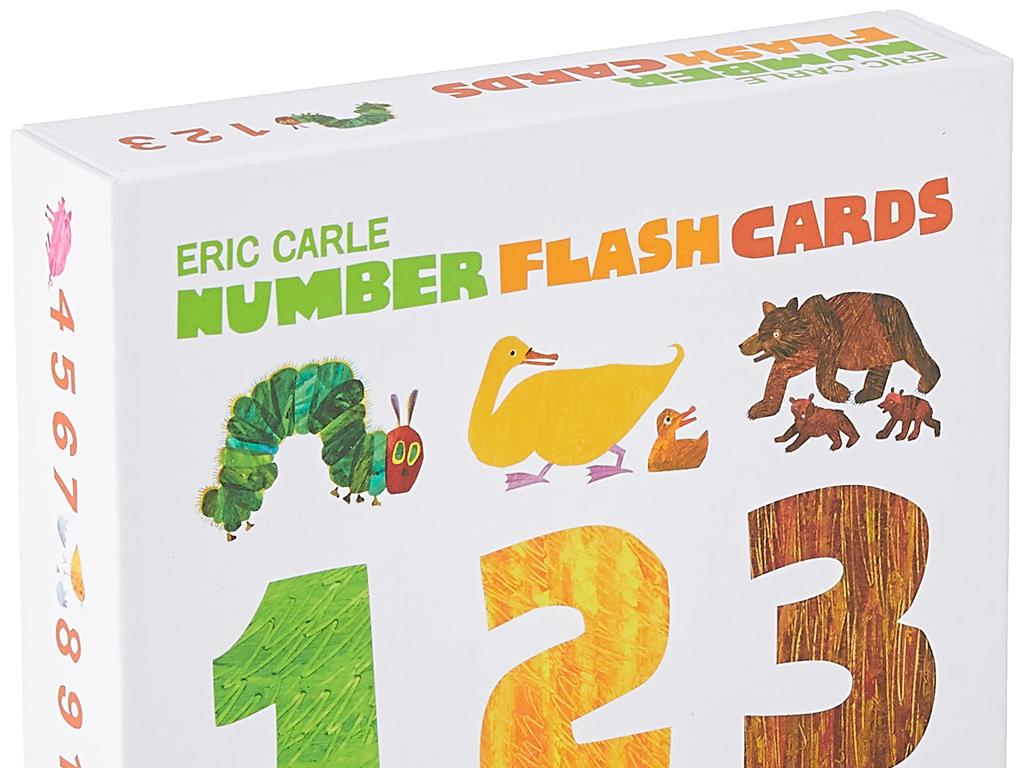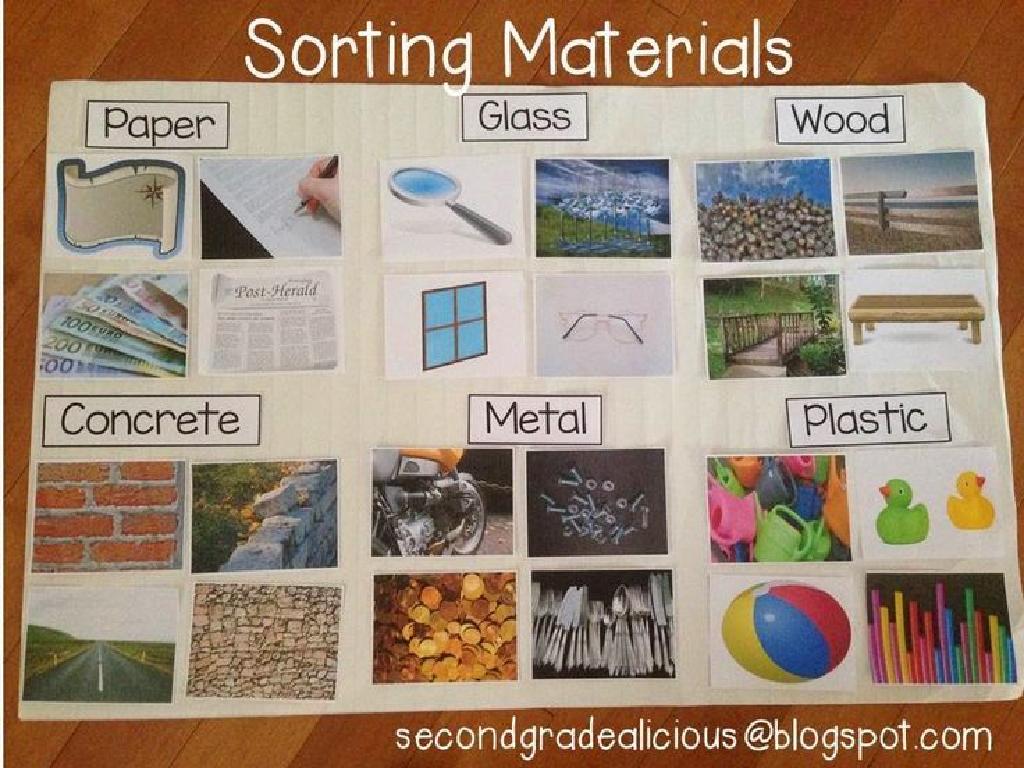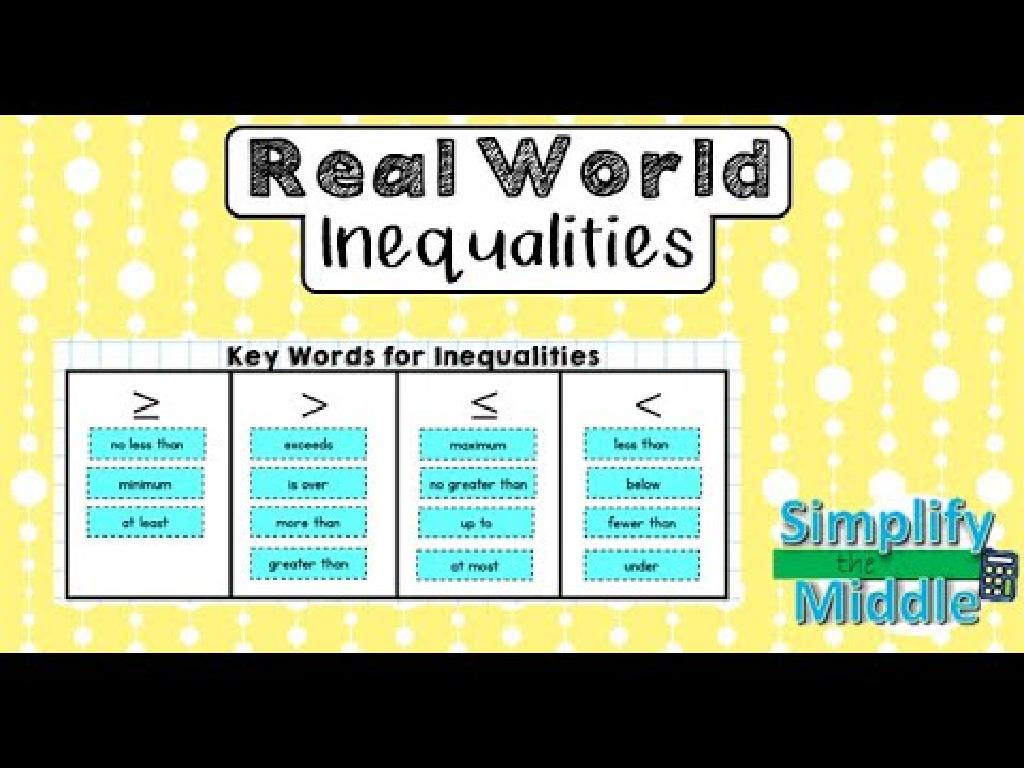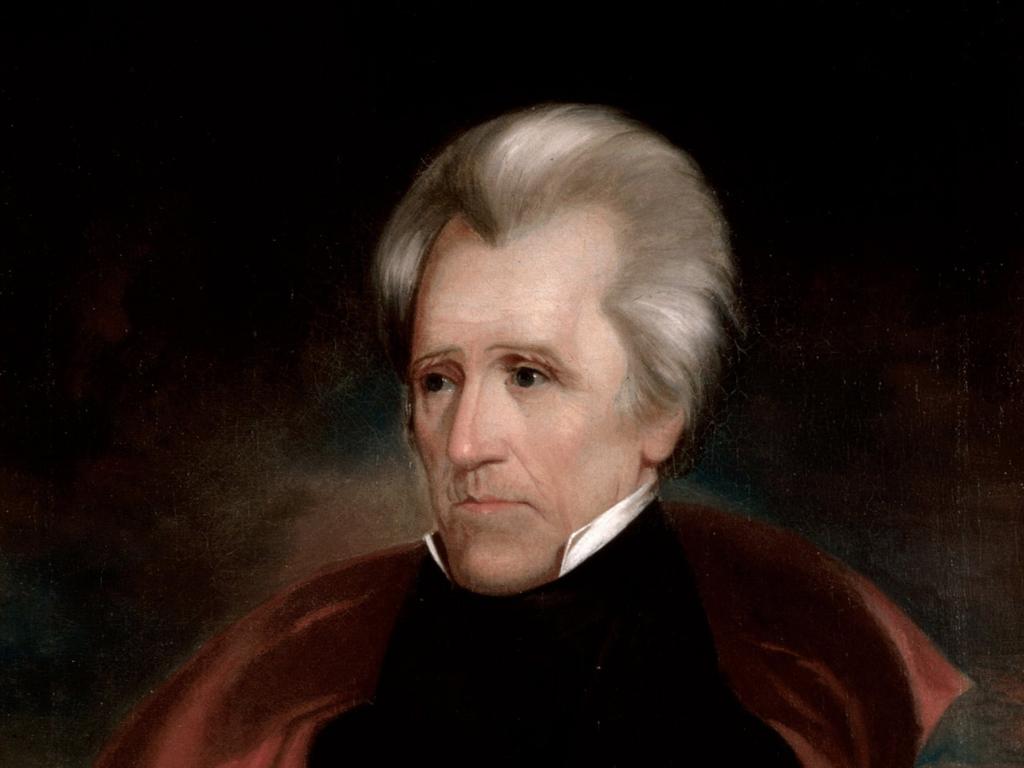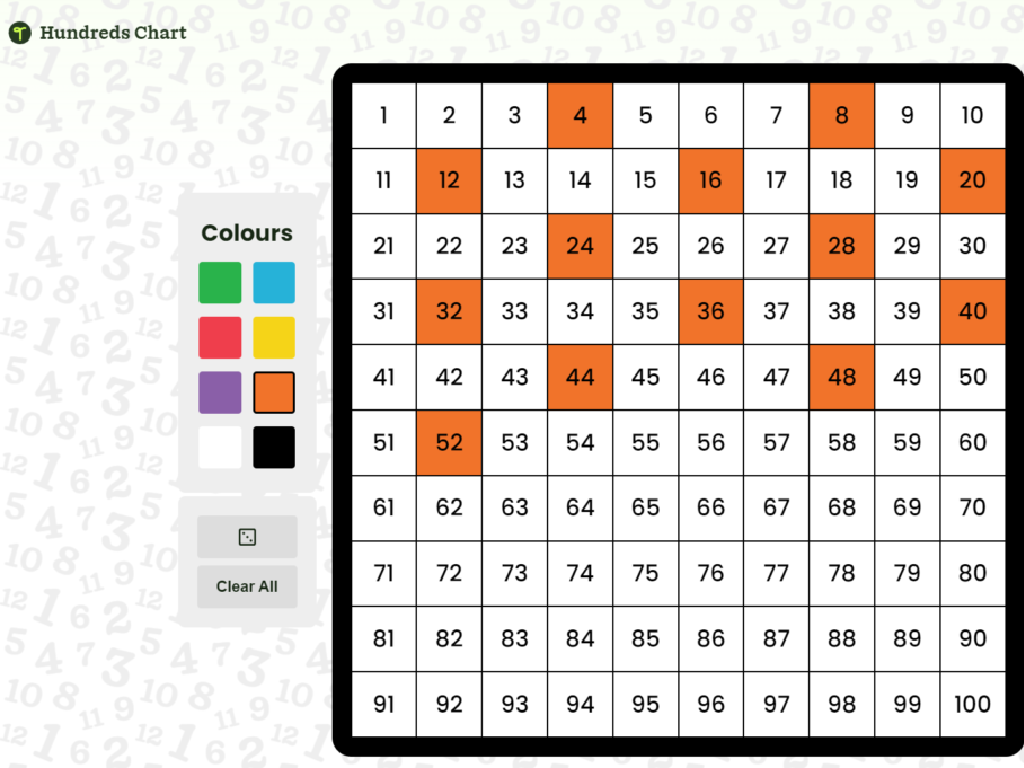Compare The Speeds Of Moving Objects
Subject: Science
Grade: Second grade
Topic: Force And Motion
Please LOG IN to download the presentation. Access is available to registered users only.
View More Content
Exploring Speed in Force and Motion
– Learning about movement
– Comparing speeds of objects
– What is speed?
– Speed tells us how fast or slow an object moves.
– Examples: Slow vs Fast
– A snail moves slowly, a car moves fast.
|
This slide introduces the concept of speed within the broader topic of force and motion. Begin by explaining that everything around us moves in different ways and at different speeds. Engage the students by asking them to think of things that move and encourage them to compare speeds between them. Introduce the term ‘speed’ as a way to describe how fast or slow something is moving. Use simple, relatable examples to illustrate the concept of speed, such as comparing the slow movement of a snail to the fast movement of a car. This will help students grasp the idea that speed is a measurable aspect of motion. Encourage students to observe objects around them and think about their speeds.
Exploring Motion
– Understanding what is motion
– Motion happens when an object changes position.
– Recognizing motion in everyday life
– Anything that moves shows motion, like cars or animals.
– Observing examples of motion
– We’ll look at things like rolling balls and flying birds.
– Motion is all around us
|
This slide introduces the concept of motion to second-grade students. Begin by explaining that motion is simply the change in position of an object. It’s important to use simple language and concrete examples that are relatable to the students, such as toys or vehicles they see every day. Encourage the students to think about things they have seen moving, like a dog running or a car driving down the street. Use real-life examples to help them understand that motion is happening all the time around them. This will set the foundation for comparing the speeds of different objects in motion, which will be covered in subsequent lessons.
Understanding Speed in Motion
– Speed: how fast or slow
– Speed measures movement rate
– Fast objects: move far quickly
– Example: airplanes vs. bicycles
– Slow objects: move little slowly
– Example: snails vs. people walking
– Comparing speeds of objects
|
This slide introduces the concept of speed to second-grade students. Speed is the measure of how quickly an object moves. To illustrate this, compare fast-moving objects like airplanes, which cover a lot of distance in a short time, to slower ones like bicycles. Similarly, compare the slow movement of a snail to the faster pace of a person walking. Encourage students to think of examples of fast and slow objects and discuss how distance and time affect how we perceive speed. This will help them understand that speed is a way to compare how quickly different objects move.
Comparing Speeds: Walking, Running, Flying
– Some things move faster
– Watching speeds
– Observe different speeds around you, like pets or cars
– Compare: Walk vs. Run vs. Fly
– Think about how walking is slower than running, and how flying can be fastest
– Understanding speed differences
|
This slide is aimed at helping second-grade students understand that different modes of movement have different speeds. Begin by discussing the concept of speed in a way that’s relatable to them, such as comparing how fast they walk versus how fast they run. Introduce the idea that some things, like birds or airplanes, can move even faster by flying. Use real-life examples that are familiar to the students, such as comparing their speeds in different activities during recess. Encourage them to observe and think about these differences in speed in their everyday lives. This will set the foundation for understanding more complex concepts of force and motion as they progress in their science education.
Measuring Speed: Fast and Slow
– How to measure speed
– Speed tells us how fast or slow an object moves.
– Using time and distance
– We measure time in seconds and distance in meters.
– Faster means more distance
– A car is faster than a bicycle because it travels more meters in less time.
– Comparing speeds of objects
|
This slide introduces the concept of speed to second-grade students. Begin by explaining that speed is a way to measure how fast something is moving. Use relatable examples like comparing the speed of a walking person to a running person. Explain that we use units like seconds for time and meters for distance to measure speed. Demonstrate that objects covering more distance in the same amount of time are moving faster. To make the concept more tangible, consider bringing a stopwatch and measuring tape to class for a live demonstration. Encourage students to think of examples of fast and slow-moving objects and discuss why some things move faster than others.
Fast and Slow in Nature
– Animals have different speeds
– Compare cheetah and sloth
– A cheetah runs faster than most animals, while a sloth moves very slowly.
– Machines can be speedy too
– Rockets zoom into space!
– Rockets need to be fast to break free from Earth’s gravity.
|
This slide introduces the concept of speed in the natural world, highlighting the differences between how fast various animals and machines can move. Use the cheetah, known for its incredible speed, and the sloth, known for its slowness, as contrasting examples to illustrate the concept of speed in animals. Then, transition to machines by discussing rockets, which are built to travel at high speeds necessary for space exploration. Encourage students to think of other examples of fast and slow things in their environment and discuss why speed might be important for different animals and machines.
Let’s Experiment with Speed!
– Fun speed comparison activity
– Race various objects
– Cars, balls, toy animals which is quickest?
– Make predictions on winners
– Guess which object will finish first
– Observe and record results
– Watch the race and write down what happens
|
This slide introduces a hands-on activity where students will engage in a race between different objects to understand the concept of speed. Before the activity, encourage students to think about the characteristics of each object that might affect its speed, such as size, shape, and weight. Have them make predictions about which object they believe will win the race and why. During the race, students should observe carefully and record which object reaches the finish line first. This will help them compare speeds in a practical way. After the activity, discuss the results with the class to see if their predictions were correct and talk about why some objects moved faster than others.
Class Activity: Racing Objects
– Set up a ramp for the race
– Choose an object to race
– Observe which object is fastest
– Watch the objects as they move down the ramp. Which one gets to the end first?
– Measure time to reach the bottom
– Use a stopwatch to time how long each object takes to get to the bottom.
|
This activity is designed to help students understand the concept of speed in a fun and interactive way. Set up a ramp in the classroom and provide a variety of objects for the students to choose from. Explain that they will be racing their objects down the ramp to see which one is the fastest. This will involve observing which object reaches the bottom first and using a stopwatch to measure the time taken for each object to reach the bottom. Possible objects for the race could include a small toy car, a marble, a rubber ball, and a toy block. Make sure to discuss the results with the class afterward, asking them why they think some objects went faster than others and what this tells us about speed and motion.
Observing and Recording Speeds
– Observe and record race results
– Watch the races carefully and note what happens
– Use a chart to track winners
– Each winner’s name goes into our chart
– Compare object speeds
– See which objects go faster or slower
– Understand speed differences
|
This slide is designed to guide students through a practical activity where they will learn about speed by observing and recording the outcomes of races. Provide students with a simple chart to fill in the winners of each race, which will later be used to compare the speeds of different objects. Emphasize the importance of careful observation and accurate recording to understand how fast each object moves. This activity will help students grasp the concept of speed in a fun and interactive way. For the teacher: prepare a variety of objects for racing, ensure each student has a turn to race, and assist them in filling out the chart. After the activity, discuss the results with the class to reinforce the concept of speed comparison.
Understanding Speed: Fast and Slow
– Recap on speed
– Fastest vs. slowest object
– Compare objects like cars, animals, or runners
– Real-life application of speed
– How speed helps in daily tasks, like crossing a street safely
– Discussing our observations
|
In this concluding slide, we aim to reinforce the concept of speed that the students learned. Start by asking the students what they understood about speed. Discuss the different speeds of objects they observed during the class activities and identify which was the fastest and the slowest. Encourage them to think about how understanding speed can be useful in everyday life, such as judging when to safely cross the road or estimating how long it will take to reach a destination. Conclude with a discussion, allowing students to share their thoughts and understanding of the concept of speed.

